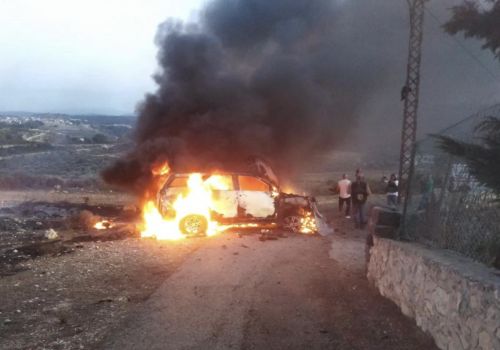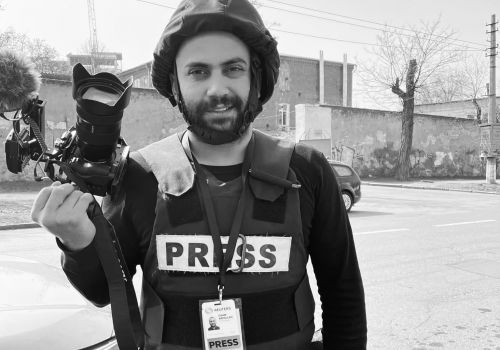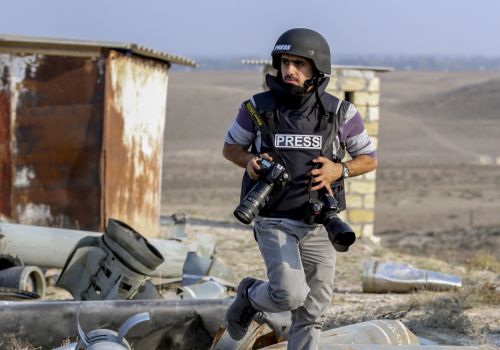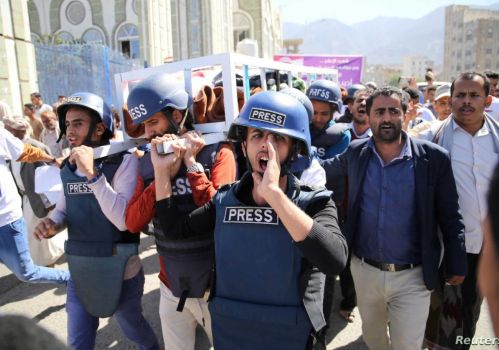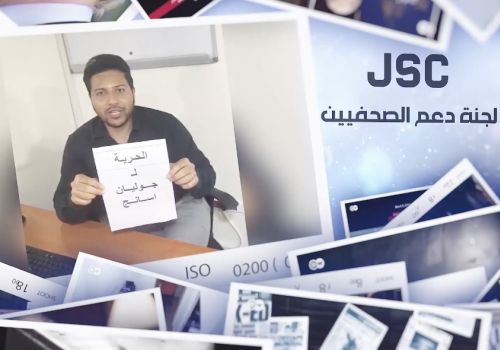How Can Misinformation Spread Hate Speech and Fuel Political Conflicts?
2022-04-18 12:44
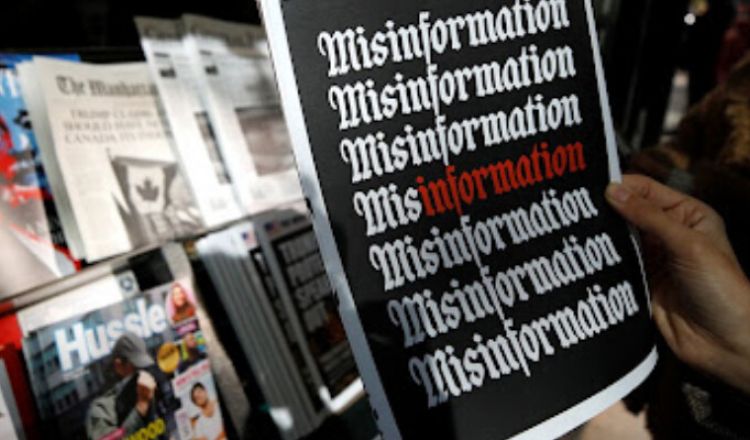
The current advancement in communication technologies has sparked numerous problems, including the diffusion of disinformation, extremist content, and hate speech.
According to experts, the misinformation issue has become “even more intricate given the development of social media platforms and search engines’ algorithms, which curate and proliferate content based on the preference of users, magnifying already existing beliefs and thus causing group polarization.”
Since social media platforms receive floods of misinformation and fake news, a user’s preferences that may be related to war and violence in the first place could easily lead to conflict in both the short and long term. Many communication researchers defined the term “Fake News,” and associated it with the role of disinformation campaigns in the fuelling of hate speech and sectarianism sentiments online. An ordinary web user or the “civilian” who only receives without being part of the misinformation process remains the real victim.
New media and tech platforms have also become instrumental and crucial in political campaigns and political communication, in general. These new forms of communication have dramatically influenced politics and decision-making. Marketing techniques have been brought to the field. As politics evolves and becomes increasingly crucial, misinformation is becoming useful as a tool for international political gain influencing the political discourse and international affairs.
Spin doctors, social media strategists, and campaign advisers have been used to help marketize and “sell” their candidates. Leaders focus on the message’s form rather than its content. Spin doctors have since then manipulated the information and news using different strategies to guarantee a consensus to the candidate. Fake news and misinformation were one of these strategies.
We may consider false information as a simple or a domestic problem. However, it is much more dangerous. Media experts have warned that misleading information about the Russian-Ukrainian conflict, for instance, is no longer something we can easily detect and spot.
Misinformation has become mixed with authentic stories circulating on TikTok and other social media platforms. We noticed that the amount of misleading news claiming to be related to this current conflict is related to injustice and violence. It has also shown a sign of information control over the world, not just in the Russian-Ukrainian context.
Control of information has always been a crucial ingredient of violent conflict. This control can involve misleading content dissemination that can facilitate launching violent operations and stressful relations. Politicians and stakeholders may need to spread misinformation to help promote their agendas. But, a simple citizen who can use their social media accounts to post a misleading story can also cause a conflict. Sometimes, it depends on the followers’ base of a citizen, their status, or profession. A politician who is not an ordinary person can be followed by hundreds if not millions. The majority of their followers may not have a political background. Many may not adopt critical thinking that can allow them to spot misleading posts and tweets.
It has become known that, misinformation has always proliferated amid conflicts and crises. Accusing Iraq of possessing chemical weapons was the main pretext for the US-led invasion in 2003. “There is no doubt that Saddam Hussein now has weapons of mass destruction. we know where they are,” the US Vice President Dick Cheney and the US Secretary of Defense, Donald Rumsfeld, have stated respectively in 2002 and 2003. These statements were not based on any reliable proof. It turned out that there were no weapons of mass destruction (WMDs) in Iraq, as the US officials claimed.
Nowadays, as the Russian-Ukrainian conflict escalates, the Russian invasion of Ukraine was seeded by a mass misinformation campaign. Many Russian disinformation campaigners have filled the internet with claims, including images and videos depicting Ukraine as aggressors as a pretext for the invasion. Fact-checkers and fact-checking platforms are working on debunking these claims, but the floods of misinformation circulating online, especially on social media, cannot be faced.
Following this conflict, the Anonymous group has made a public declaration of cyberwar. Anonymous’s Twitter account has tweeted on Feb. 24, 2022, that it had Vladimir Putin’s regime under scrutiny. The group has already claimed credit for many cyberattacks, including bringing down the Russian government websites and the state-backed news service. Isn’t this a new war?
The floods of fake news in armed conflicts can lead to an ever-growing threat to civilians, who may be exposed to retaliatory violence or the lack of information critical to their health or sustenance. And as civilians have suffered from war and have always been the real victim of armed conflicts, a patchwork set of protections drawn from International Humanitarian Law (IHL) and international criminal law aim to limit disinformation operations during armed conflicts despite many ambiguities and gaps.
Misbar’s Sources:
The Guardian
Bournemouth University
Politico
WION
National Library of Medicine
International Review of The Red Cross
Europian Foundation for South Asian Studies

